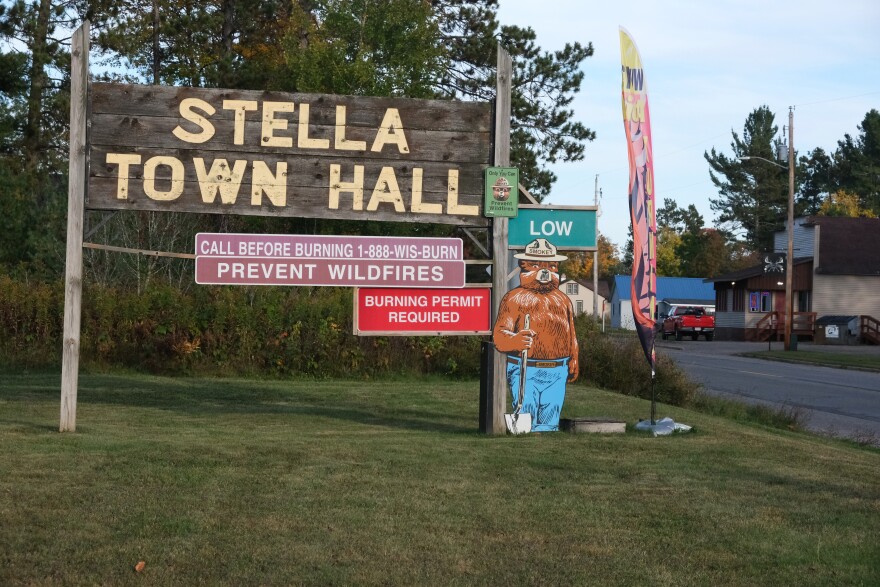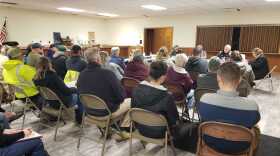As of June of this year, 88 private wells within the Town of Stella have tested positive for PFAS at levels above the state health recommendations.
It’s also been found in nearby lakes and rivers leading the DNR to issue do not eat advisories for fish caught in the Moen Chain.
The Wisconsin DNR sent letters last week to Ahlstrom Rhinelander and Wausau Paper Corp naming them as responsible parties for the PFAS contamination in the Town of Stella.
According to the letters, the current and former Rhinelander papermill owners have been spreading industrial sludge material onto agricultural fields in Stella going back to at least 1996.
The letter stated that while the DNR permitted the mill to spread on the field, it did not allow for PFAS to be discharged into the environment.
“Analytical results from soil samples collected from areas where industrial sludge from the Facility were land spread contained PFAS at concentrations orders of magnitude greater than PFAS concentrations in soil samples collected where DNR has no record of land spreading,” the letter stated.
The DNR has been testing for PFAS in the soil, sediment, surface water, groundwater, and well water in and around Stella.
Of the soil samples taken from sites with no known biosolid spreading, only one site detected PFAS at 122 ppt. The others had no detects.
On sites where biosolids were spread, results up to 63,200 ppt of PFOA and 218,000 ppt of PFOS were found.
An Ahlstrom spokesperson told WXPR, “Ahlstrom has received the Wisconsin Department of Natural Resources’ (WDNR) letter, and we are carefully reviewing it along with the recently completed site inspection report. We continue to actively engage as a partner with WDNR, the U.S. Environmental Protection Agency, and other agencies. Ahlstrom acquired the Rhinelander Mill in 2018 and has not used PFOA or PFOS in the Rhinelander Mill’s manufacturing process.”
The responsible party letters outline the responsibility to address the hazardous substance discharge and clean it up “to the amount practicable.”
‘A legacy issue’
Up until recently, the DNR was not requiring biosolids spread on fields to be tested for PFAS.

Fred Hegeman with the DNR called it a legacy issue at the meeting in Stella Wednesday evening.
“The biggest issue, of course, is that PFAS is an emerging contaminant, so we weren't measuring for that. There were no requirements for that,” he told residents.
The DNR has an interim policy in place for sludge that does have concerning levels of PFAS.
“Right now, we don't have regulations that really limit land spreading at any location, and so most of what we are asking for in the strategy is voluntary compliance,” said Hegeman.
The Wisconsin DNR and EPA representatives at a meeting in Stella Wednesday night told residents that remediation is a long process.
The EPA is in the early stages of determining if the area qualifies for the National Priorities List—which could eventually assist in cleaning up contamination.
But EPA National Priorities List Coordinator Erica Aultz cautioned it is a years-long process.
“I cannot guarantee this. This is why it says tentative. We do not guarantee National Priorities List inclusion, and this is tentatively projected in 2027,” said Aultz.
Residents asked officials questions for more than an hour on topics ranging from health concerns to the cleanup process.
PFAS are a group of manmade chemicals that have been used in a variety of non-stick products like cookware, raingear, and firefighting foam.
They’re linked to different health effects like high cholesterol, lower birth rates, and different cancers.











